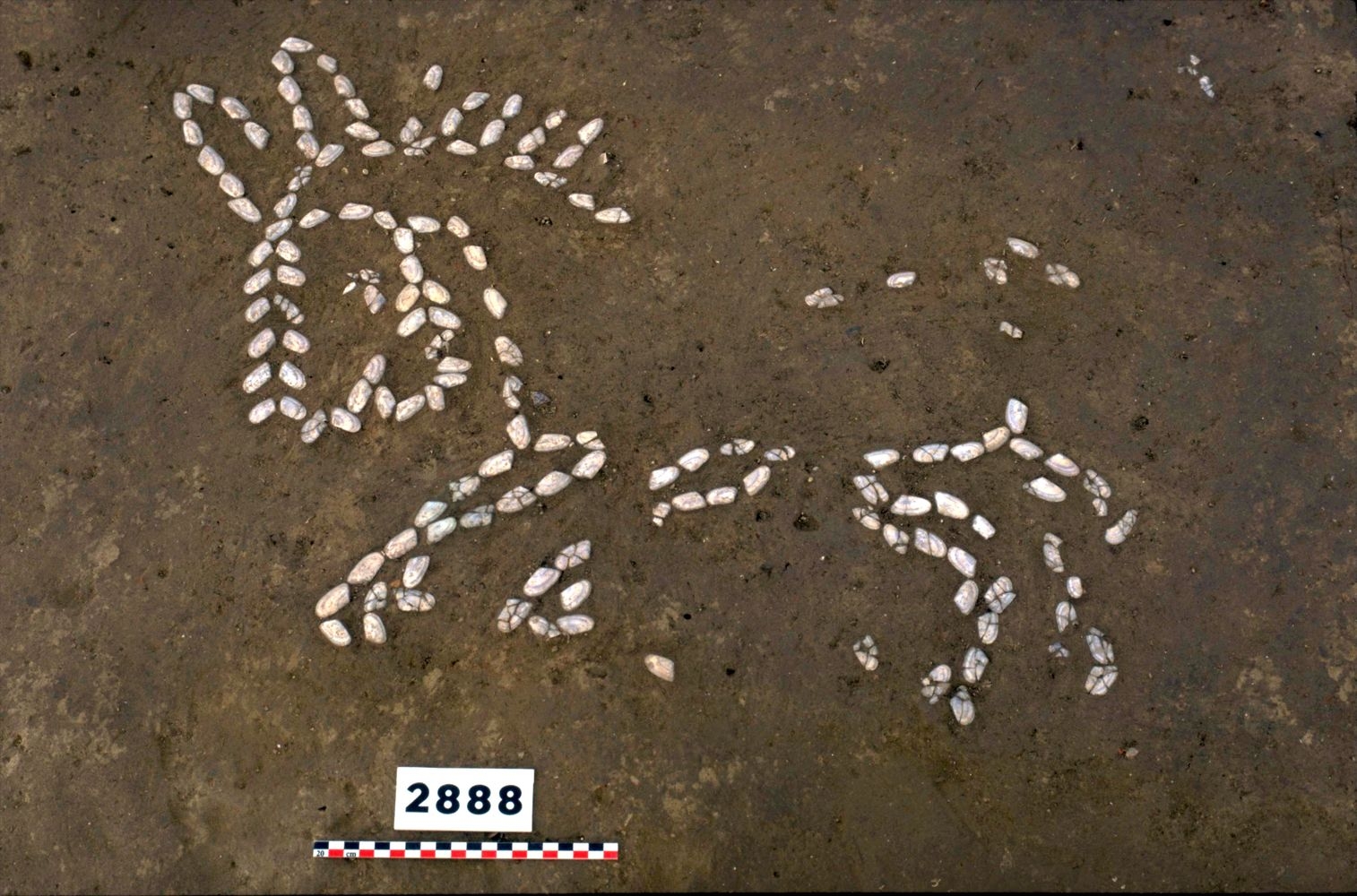Lattes in Languedoc
A melting pot of Greek and Latin influences, the cosmopolitan port of Lattara was a meeting point for several western Mediterranean cultures. Several languages were spoken in the port and the Gallic language was written in the Greek alphabet. It is an outstanding example of intercultural dialogue.

The town of Lattara, now Lattes, seven kilometres from Montpellier, was founded on the Languedoc coast 2,600 years ago. Was it a Gallic settlement or Etruscan trading post? Whoever founded Lattara, it immediately became a point of contact between local tribes and people from across the western Mediterranean. Sailors from the Italian coast, the Greek town of Marseille, and the shores of Spain regularly moored in this trading port and some may even have settled there permanently.
Bringing archaeological research to life
The multimedia site recently developed to present the results of the research-oriented excavation carried out by a team of researchers specialised in the Protohistory of the Mediterraean immerses visitors in the Lattara lagoon and the daily life of its inhabitants. This outreach tool everyone can use contains 3D images and videos, photographs, diagrams, maps, video interviews with specialists, a timeline, a puzzle game, and visual effects.
A lagoon landscape
The website explores the natural environment of Lattara, between land and sea, on a peninsula formed by the lagoon and the river Lez, and sheds light on Protohistory in the Midi region of France. Several screens take a closer look at the town and include a reconstruction of what it would have looked like in the 4th century BCE, protected by its triangular rampart, with its carefully constructed houses in stone, wood and earth. Visitors can walk through the streets, explore the small courtyards with their ovens, jars, amphorae and millstones, and take a look inside one of the houses.
Trade and craftwork
Visitors also discover another side to the town, the arrival and departure of boats and the transfer of wine and other goods from one vessel to another, and its industrious pottery and metalworking workshops. A melting pot of Greek and Latin influences, the cosmopolitan port is a meeting point between cultures and languages where the Gallic language is written in the Greek alphabet. A fine example of intercultural dialogue!
Visit the Henri Prades archaeology museum
Visitors can extend their virtual tour by visiting, in situ, the Henri Prades archaeology museum, named after the man who discovered the Lattes archaeological site.
This website was developed in partnership with the CNRS/Culture/Université/lnrap (UMR 5140) mixed research unit, under the direction of Thierry Janin and Michel Py.
Virtual visit of the exhibition "En route ! La voie Domitienne du Rhône aux Pyrénées" (The Via Domitia: from the Rhone to the Pyrenees)


